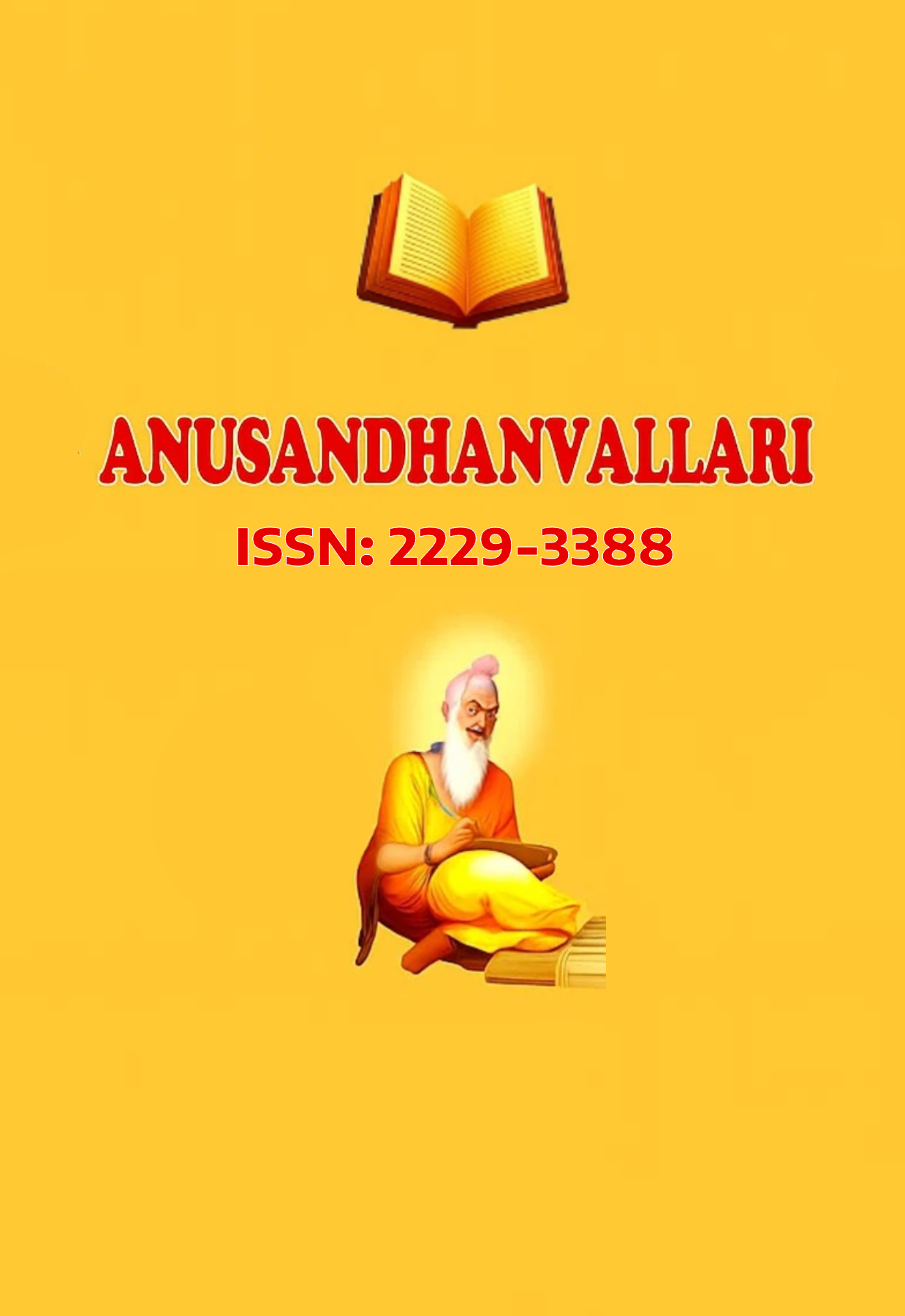About the Characteristics of the Copperplates which Help to Know the History of South India
Main Article Content
Abstract
The practice of writing down the messages of a time to pass them down to the next generation has been in practice since ancient times. Copper is a metal plate used in ancient times to record events such as temple donations of kings, genealogies, war records, grants of lands, towns, and other grants to public institutions or individuals, as well as traditional stories. All the Copperplates are ancient government documents containing notes on the actions of the monarchs from the date of their decrees to their execution, which cannot be read easily by everyone. Copperplates help a lot to learn about history. The letters engraved on the copper plate are Copperplates. These are also called charters. Cut in Copperplate is called Darma sasanam. Coppers have been available in abundance since the Pallavar period. These help a lot to understand how the Tamil language was written at the time of its emergence. These are the archaeological evidences of ancient times. Tamil coppers are mostly dated to the early 10th century to the 19th century AD. These mostly belong to the period of the Chalukya Chola Vijayanagara kings and are very valuable in terms of inscriptions for understanding the social conditions of medieval South India. Copperplates do not perish like footprints naturally. Ancient people buried Copperplates in the earth to read and protect them. Copperplates cannot be said to belong to that place only by the place where they are found. Copperplates are also worth mentioning among the various historical sources. We can clearly see the history of South India through Pallavar, Pandya, Chola, Crerar, Vijayanagara Nayakas Sethupathi and others. We will see about their special nature and their characteristics in this research paper.

